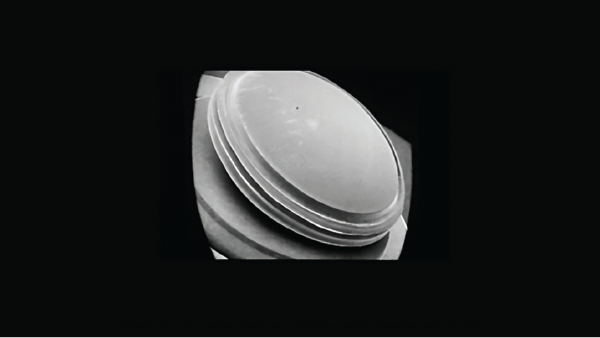You are viewing 1 of your 3 articles before login/registration is required
Recycling for ROP
Is K604 – a pre-existing drug for Alzheimer’s and cancer – a potential new treatment for premature babies with retinopathy of prematurity?
Scientists at the Medical College of Georgia, USA, have discovered a new use for an existing drug that could halt the development of retinopathy of prematurity (ROP) (1). Using an animal model of ROP, researchers found that the small molecule K604 – a drug originally developed to combat excessive cholesterol in atherosclerosis – can block the development of obstructive blood vessels in the retina, reduce inflammation, and enable normal blood vessel growth. K604, which is also used an an Alzheimer’s and cancer treatment, achieves the effect by blocking acyl-coenzyme A(CoA):cholesterol acyl transferase 1 (ACAT1) – an enzyme that allows toxic cholesterol to build up in the retina of premature babies, inducing inflammation and retinal injury when left untreated.
The scientists believe that ACAT1 inhibition through K604, which has already been proven to be safe in adults and have no effect on VEGF levels, might help restore the retina to a normal metabolism and prevent pathological neovascularization. However, they suggest further steps must be taken to translate their findings for clinical evaluation of the drug in babies. They also aim to explore the use of K604 for treating diabetic retinopathy, which occurs in around one-third of patients with diabetes.
The researchers concluded, “We have identified a novel mechanism of retinal neovascularization (RNV) that involves a link between the cholesterol pathway (low-density lipoprotein receptor, ACAT1, Cholesteryl ester) and activation of the inflammatory mediators TREM1 and MCSF [...] Systemic inhibition of ACAT1 could represent a new target to treat pathological RNV in ischemic retinopathies without altering levels of VEGF and avoiding the side effects of intravitreal injections.”
This article first appeared in The Ophthalmologist
References
- SAH Zaidi et al., J Neuroinflammation 20, 14 (2023). PMID: 36691048.
The New Optometrist Newsletter
Permission Statement
By opting-in, you agree to receive email communications from The New Optometrist. You will stay up-to-date with optometry content, news, events and sponsors information.
You can view our privacy policy here
Most Popular
Sign up to The New Optometrist Updates
Permission Statement
By opting-in, you agree to receive email communications from The New Optometrist. You will stay up-to-date with optometry content, news, events and sponsors information.
You can view our privacy policy here
Sign up to The New Optometrist Updates
Permission Statement
By opting-in, you agree to receive email communications from The New Optometrist. You will stay up-to-date with optometry content, news, events and sponsors information.
You can view our privacy policy here







